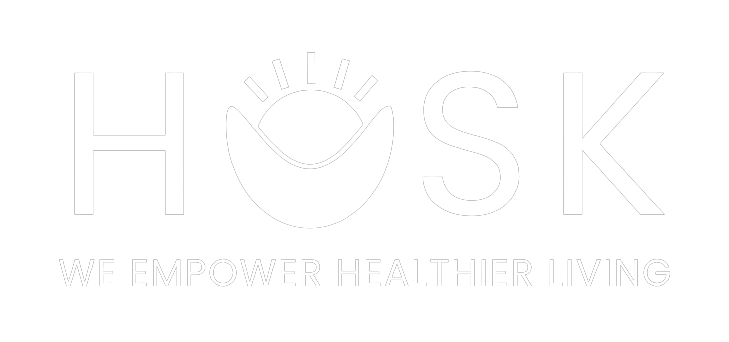
“Ditch the Diet” May
Diets
Most diets fail. Actually, about 95% of diets fail and most will regain the weight they lost in the first one to five years. Although diets fail, there seems to be no end in frequency in which new ones pop-up (Keto, Intermittent fasting, Paleo, Whole30, etc.). These diets all have one thing in common – restriction. This includes restricting the body of certain foods or times of day we can eat. Unfortunately, restricting doesn’t typically stick. Not without lack of trying. However, there are real physiological and psychological reasons why diets don’t work.
Ditch the Diet
We all know the cycle – restricting our intake, the struggle to maintain that restriction, thus ultimately “giving in” and binging on what we denied ourselves, leading to guilt that influences us to restrict again. May 6th marks International No Diet Day. We at CHARGE encourage you to join us not only on May 6th but for all of May! Ditch the diet culture and form healthier habits! See below for two health strategies to maintain your health without dieting!
Intuitive Eating
Intuitive Eating (IE) has risen in popularity in recent years; however, it is not a radical concept. It is an evidence-based, mind-body health approach created by two dietitians, Evelyn Tribole and Elyse Resch. IE is not a diet or food plan. Many will be happy to hear there is no failure in following IE.
“IE is a personal process of honoring health by listening and responding to the direct messages of the body in order to meet your physical and psychological needs.” – Evelyn Tribole

Unlike a diet, IE does not have you count calories or macros nor do you measure out your portions. Shifting gears from our ingrained diet culture can be hard but is necessary to follow the IE process. The IE approach teaches us to honor the internal cues of the body (e.g. hunger, fullness, and satiety). If you are hungry, allow yourself to eat and to eat whatever you want. No food is “bad” OR “good” thus no foods are off limits. Understand that eating something that is satisfying to you is important, regardless if you previously marked it as a “bad” food. Satisfying food makes the meal more enjoyable but also memorable. Eating a mass quantity of something that you have labeled “good” but that you do not enjoy typically does not leave a feeling of satiety – which might result in looking for additional food elsewhere.
Another aspect of IE is respecting the body when it is full. Take the time during your meal to assess your hunger level. Honoring your hunger is an integral aspect of IE and a step that is just as important is honoring your fullness. We have all hit that wall when eating. Try to assess mid-meal how you are feeling. Try to stop eating before hitting the point of being completely stuffed.
Evelyn Tribole and Elyse Resch go into more detail of how to approach IE. There are many aspects of this health approach. They have their 10 Principles they use to guide individuals into using this approach. You can see the full list and descriptions here.
Mindful Eating
Mindful eating is the practice of being fully attentive, before, during, and after eating, to not only the characteristics of food but also to the connection between food, the body, and the mind. Eating slowly and bringing awareness to our internal cues for hunger and satiety can help us make healthy choices more often.
STEP 1: PAY ATTENTION TO YOUR BODY BEFORE YOU EAT
What is your body telling you? Are you physically hungry? Try rating your hunger level between 0 and 10, with 0 being starved and 10 being stuffed. You should aim for a rating between 2 and 3 before a meal. Assess your energy level – are you eating because you are tired? Check in with your emotions – are you upset? Try to decipher between emotional and physical hunger.
STEP 2: REFLECTION DURING MEAL TIME
It is easy to scarf down your meal in 5 minutes flat. By doing this we deprive ourselves from the physical pleasure we get by eating food. Remove distractions like the TV, your phone, a computer, or even a book when eating! Slow down – trying to make the meal last at least 20 minutes or 10 minutes for a snack. Take a few minutes to focus in on your food. Ask yourself, what does the food look like? How does the food taste? Can you identify each flavor in the meal. This will make the meal more memorable.
STEP 3: ASSESS HOW YOU FEEL AFTER
Here we are at the end of the meal. Take this time to rate your hunger again between 0 and 10. This time aim for a rating between 7 and 8 – comfortably full but not overly stuffed. Assess your energy level for a couple hours following the meal. Did that meal provide you energy to complete a workout or did it leave you feeling groggy and tired? How soon do you feel hungry? If it is a short time following the meal, it might mean you need a bit more balance in the meal. Try and adjust your next meal according to how you felt following this one.
Post written by Emily Rykaczewski MS, RDN, LDN
This information is intended for general advice and may not be applicable to everyone. Please speak to your on-site Registered Dietitian if you have specific questions or to find out what is best for your individual needs.
Sources
Rothblum E. (2018). Slim Chance for Permanent Weight Loss. Archives of Scientific Psychology:6, 63–69. DOI: http://dx.doi.org/10.1037/arc0000043
Tribole, Evelyn. “What is Intuitive Eating?” The Original Intuitive Eating Pros. Sept 12, 2018. https://www.intuitiveeating.org/what-is-intuitive-eating-tribole/ Accessed May 5th 2019
The Principles of Mindful Eating. The Center for Mindful Eating. August 2013. https://thecenterformindfuleating.org/Principles-Mindful-Eating. Accessed May 6th 2019.
Mental Health
Marketplace
Nutrition
Physical Therapy
Rewards
HUSK Pro
Company
About
Contact
Press
Blog

